Politeness might seem universal, but the way languages express it varies dramatically — and nowhere is this more obvious than in French. French politeness isn’t just a matter of saying “please” or using a friendly tone. It’s embedded into grammar, pronouns, verb forms, and entire communication strategies that don’t map neatly onto English. For translators and localization teams, this creates a subtle but persistent challenge: How do you preserve respect, elegance, or social distance in English when the language simply doesn’t encode politeness the same way?
English tends to use straightforward phrasing, while French leans into formality, indirectness, and a carefully managed balance of familiarity and distance. A sentence spoken with polite distance in French might sound cold or overly formal in English. Conversely, a natural English sentence might sound shockingly casual when translated back into French.
This article explores how French politeness levels impact English localization — from pronoun usage to tone, syntax, and cultural expectations. You’ll see why literal translation fails, how translators navigate politeness gaps, and the techniques they use to produce English versions that feel natural while staying faithful to French social nuance.
- The Core Divide: “Tu” vs. “Vous”
The most famous politeness challenge in French is the distinction between “tu” (informal) and “vous” (formal or plural). English has only one “you,” so this nuance often disappears entirely in translation. To compensate, translators must look at context — social status, relationship closeness, or emotional tone — and adjust the English dialogue accordingly. They may add clarifying details, shift tone, or adjust sentence structure to reflect respect, distance, or warmth that the missing pronoun distinction once signaled.
- Polite Verb Forms That Sound Overly Formal in English
French often uses conditional verb forms or softening structures to sound polite — such as “Je voudrais” or “Pourriez-vous.” Literal English translations like “I would like” or “Would you be so kind as to…” can feel stiff or outdated. Translators typically simplify these into natural English equivalents like “Could I…” or “Can you…” to avoid sounding archaic. This keeps the tone polite while matching modern English conversational tendencies, which favor brevity over formality.
- Indirectness as a Marker of Respect
French often uses indirect phrasing to maintain politeness, such as “Serait-il possible de…” or “Je me permets de vous contacter…” Translating these literally produces English sentences that feel wordy or overly formal. Instead, translators distill the meaning into clear English phrasing like “I’m reaching out because…” or “Is it possible to…” They preserve the respectful intent while adapting to English norms, which view excessive indirectness as unnecessary rather than polite.
- Titles, Honorifics, and Social Distance
French communication often uses “Madame,” “Monsieur,” or professional titles much more frequently than English does. Literal translation can sound rigid, especially in informal or modern contexts. Translators decide when titles should be kept for cultural accuracy and when they should be removed for natural flow. For formal letters or business contexts, they maintain the titles; for dialogue or casual writing, they often omit them to prevent the tone from feeling stiff or unnatural.
- Politeness Through Apology and Softening Phrases
French speakers often include softening phrases like “Excusez-moi,” “Je suis désolé de vous déranger,” or “Si cela ne vous dérange pas.” English equivalents exist, but using them too frequently can make dialogue sound overly apologetic. Translators balance tone by selecting only the phrases necessary to convey respect. Sometimes, they replace apologies with milder alternatives like “Just checking in” or “Let me know if that works.” This ensures the English text feels confident while still reflecting French courtesy.
- Hierarchy and Social Context Embedded in Language
French politeness reflects hierarchy more explicitly than English. How a student speaks to a professor or an intern speaks to a manager can differ dramatically from peer-to-peer conversation, and this dynamic is partly grammatical. English expresses hierarchy more subtly — through tone, choice of words, and formality level. Translators adjust sentence rhythm and vocabulary to mirror power dynamics without using grammar-based indicators that English does not possess. This helps preserve the relational nuance of the original exchange.
- Why Direct Translation Often Feels “Too Formal”
Many French polite expressions use structures that sound elegant in French but rigid in English. Sentences like “Je vous saurais gré de bien vouloir…” translate awkwardly into English if taken literally. Translators must interpret the desired level of formality and reconstruct sentences more naturally, such as “I’d appreciate it if you could…” This method captures the underlying politeness without making the English text feel archaic or overly ceremonial.
- Cultural Expectations Around Politeness
French politeness values refinement, formality, and linguistic beauty. English politeness values friendliness, approachability, and simplicity. These cultural preferences shape how each language expresses respect. Translators must understand the cultural intention behind a French phrase to choose the right English register. Sometimes that means simplifying wording; other times, it means adjusting tone to sound warm rather than formal. This cultural insight ensures the translation reflects the intention rather than just the structure.
- Translating Customer Service Tone
French customer service communication often uses highly formal phrasing that would sound robotic in English. Localizers rewrite this tone to sound professional yet approachable. Phrases like “Nous vous remercions de votre compréhension” become “Thanks for your understanding,” which is friendlier and more conversational. Translators must consistently adjust tone across help pages, emails, websites, and brochures to ensure a cohesive English voice that honors the brand’s French identity without becoming rigid.
- How Translators Convey Politeness Without Polite Grammar
With fewer grammatical tools available in English, translators rely on tone, phrasing, and context to convey politeness. This might include using softer modal verbs, choosing warmer sentence structures, or altering rhythm to sound gentler. Instead of marking respect grammatically, English marks it through friendliness, conciseness, and clarity. This shift requires creativity and cultural understanding, allowing translators to express French politeness naturally rather than mechanically.
- When French Politeness Becomes English Warmth
Because English tends to express politeness through friendliness, translators sometimes transform French formality into English warmth. A sentence that sounds stiffly polite in French may become more upbeat or conversational in English. This shift isn’t a loss of nuance — it’s a cultural adaptation. By adjusting tone to match audience expectations, translators ensure messages remain respectful without feeling cold or distant.
- The Importance of Context in Politeness Translation
Every translation decision regarding politeness depends on context: who is speaking, to whom, and in what setting. A formal email demands a different tone than casual dialogue between friends. Translators examine the relationship, cultural setting, and emotional intent behind each line. They choose English phrasing that mirrors the social distance, warmth, or respect originally expressed in French. This flexibility ensures translations remain natural while preserving essential interpersonal nuance.
Conclusion
French politeness is woven deeply into grammar, structure, and cultural norms — far more than English can replicate through direct translation. From pronoun choices to conditional phrasing and formal expressions, French signals respect through linguistic mechanisms that simply don’t exist in English. This means translators must go beyond literal meaning, interpreting social context and emotional intention to craft English versions that feel respectful, natural, and aligned with audience expectations.
Localization requires understanding not just how French works, but why it works the way it does. Translators evaluate power dynamics, relationship closeness, and cultural etiquette before choosing the right English tone. Instead of relying on grammar to express formality, they use warmth, clarity, and thoughtful phrasing to maintain nuance. When done well, the English version captures the spirit of French politeness without sounding stiff, distant, or outdated.
Ultimately, French to English translation becomes an act of cultural interpretation rather than mechanical conversion. The goal is not to copy French politeness but to recreate its emotional impact in a language with completely different rules. This process ensures messages remain authentic, respectful, and impactful for English-speaking readers — proving that good localization is as much about human insight as it is about linguistic skill.
FAQs
- Why is French politeness hard to translate?
Because French encodes politeness in grammar and syntax, while English expresses it through tone and word choice. - Can “tu” and “vous” distinctions ever be preserved in English?
Not directly — translators use tone, context, or descriptive cues to imply the relationship. - Why do literal translations sound overly formal in English?
French polite structures are more ornate than English norms, making literal versions feel stiff or unnatural. - How do translators show hierarchy in English?
Through careful vocabulary choices, tone adjustments, and natural phrasing suited to social context. - Does translating French politeness require rewriting?
Often yes — rewriting helpsmaintain cultural nuance while producing clear, natural English.


